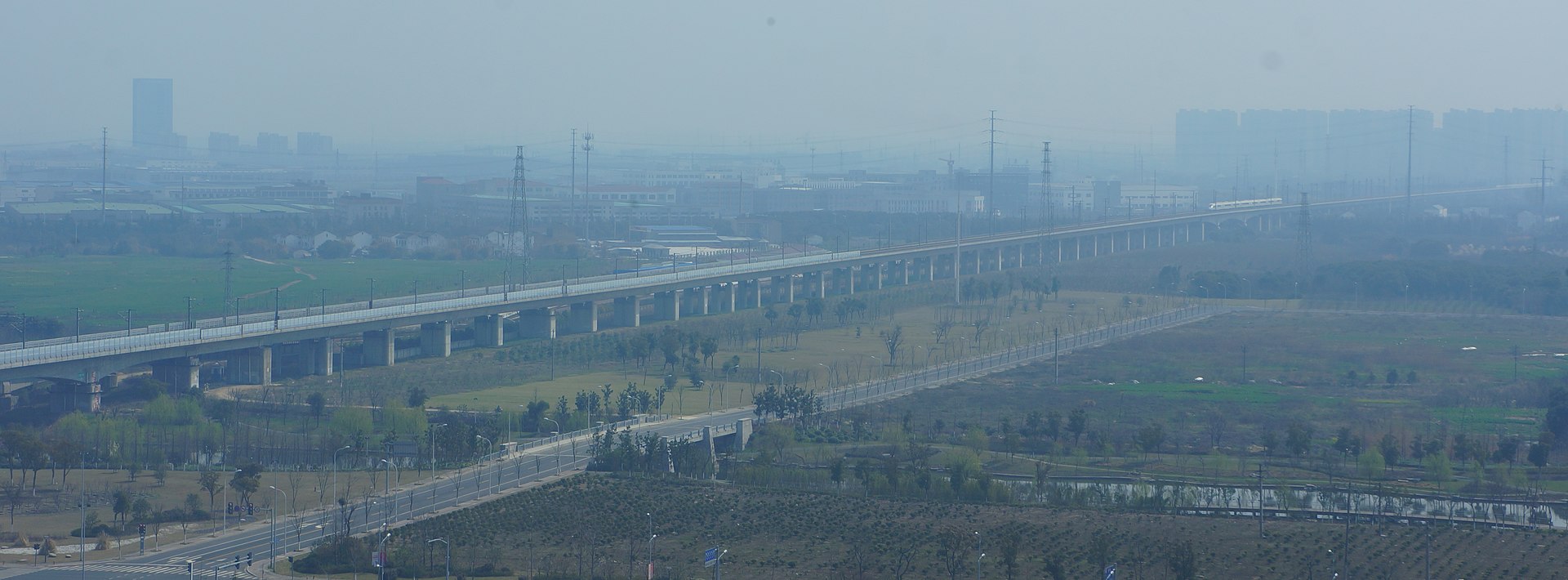June 30th marks the 10th anniversary of the opening of the Danyang-Kunshan Grand Bridge in Jiangsu, China. Spanning a whopping 102.4 miles (or 164.8 kilometers for our friends outside of the U.S.), the bridge holds the Guinness World Record for the longest bridge in the world in any category and is largely considered a paragon of modern-day bridge engineering.
In the early 2000s, China began focusing on adapting its transportation system to better accommodate the needs of the Chinese people. Prior to the construction of the Danyang-Kunshan, driving back and forth between the cities of Ningbo and Jiaxing took 4.5 hours due to the heavy volume of traffic. To remedy the situation, a proposal was put forth for an expansive bridge that would facilitate faster travel between provinces, and in April of 2006, construction began.
The China Road and Bridge Corporation (CRBC) designed and built the bridge. Facing significant terrain challenges due to the Yangtze River’s soft soil, designers had to ensure that the bridge would be frequently reinforced in order to prevent the structure from collapsing; one 5.6-mile segment, which covers the open Yangcheng Lake, required 2,000 support pillars alone. Designers also fashioned the bridge as a viaduct, which are composed of many smaller, connecting sections that make the structure more versatile and easier to construct.
Ultimately, the CRBC succeeded in making it as safe as it could be; the Danyang-Kunshan Grand is reportedly sturdy enough to withstand impact from vessels weighing up to 300K tons, and it was fortified to weather a magnitude 8 earthquake.
Overall, the project took just over 4 years, required 450K tons of steel and a labor force of nearly 10K, and cost the equivalent of $8B. Once it was finished, the Danyang-Kunshan Grand cut the previously mentioned 4.5-hour travel time to just 2 hours!
A decade since its opening, the Danyang-Kunshan Grand remains a quintessential model for bridge designers to use as a reference and is a major contributor to industry and tourism in China. Moreover, it is an excellent example of how engineering can be used to overcome some of the modern civil challenges that society faces.


